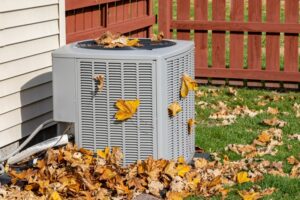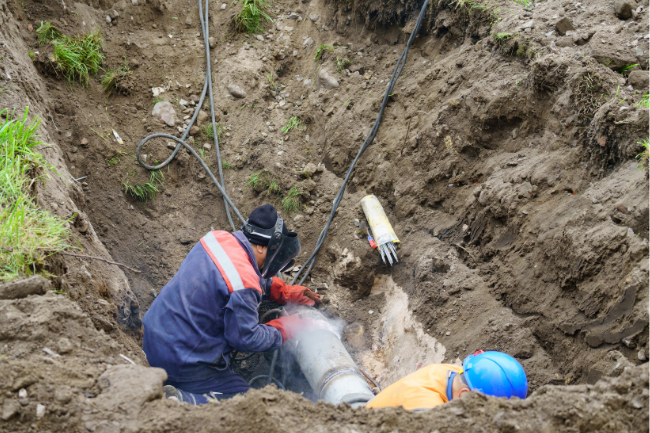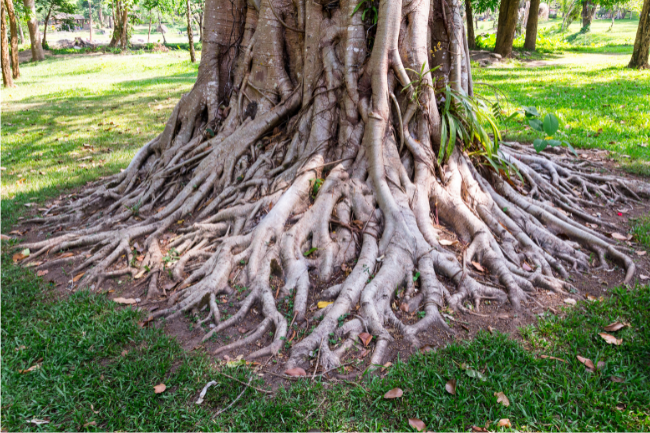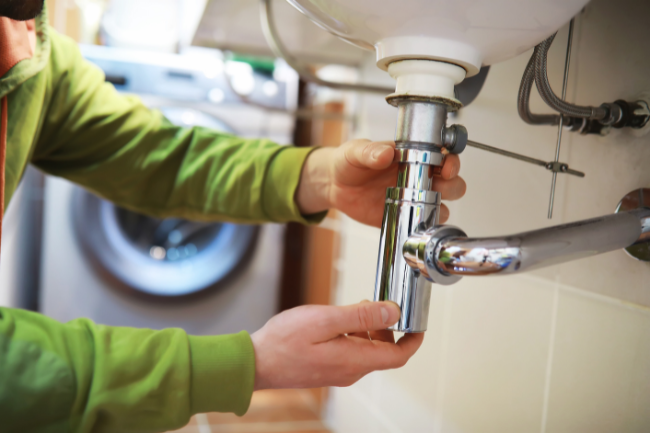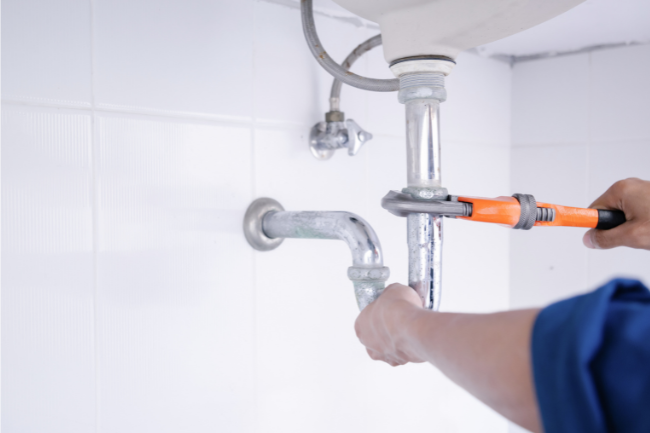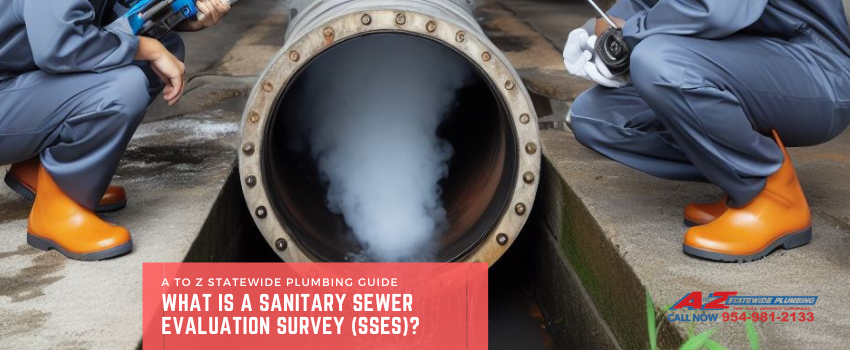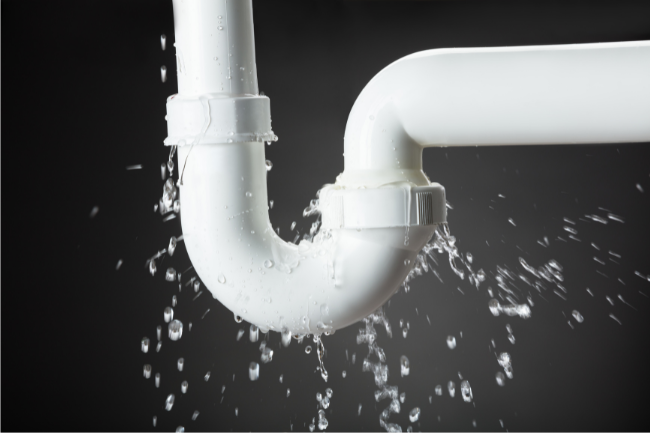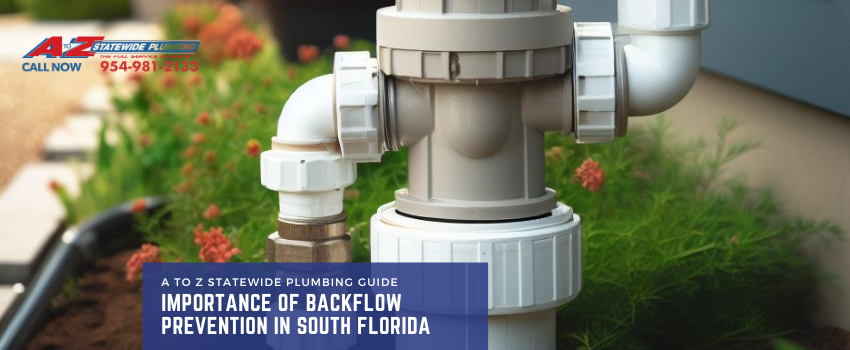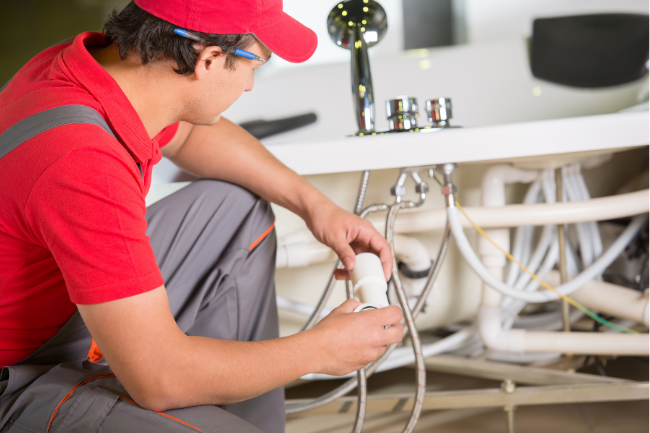Can I install a new toilet myself or should I hire a plumber?
The decision to install a new toilet can often boil down to a question of expertise and comfort level with DIY projects. While hiring a professional plumber ensures a job done right, installing a toilet yourself could be a cost-effective alternative if you have some basic plumbing knowledge and a helpful guide at hand. In this plumbing guide, we will explore both options so you can make an informed decision.
Understanding the Process of Toilet Installation
Before deciding whether to DIY or hire a plumber for your toilet installation, it is important to understand the process involved. The steps for installing a new toilet typically include removing the old toilet, preparing the area, assembling and attaching the new toilet, and connecting it to the plumbing system.
To further dissect the toilet installation process, let’s begin with the first step — removing the old toilet. This includes shutting off the water supply, draining the tank and bowl, and unscrewing the bolts that secure the toilet to the floor. It’s essential to be careful during this process to prevent any water leakage or damage to the flooring.
The second step involves preparing the area for the new toilet — a clean, smooth surface is crucial for the toilet to sit evenly. This stage might also include leveling the floor, if necessary, and cleaning the flange, the component that connects the toilet to the drain pipe.
Next, comes the toilet’s assembly, which includes attaching the tank to the bowl, installing the toilet seat, and applying the wax ring on the base of the toilet. This step requires careful attention to the manufacturer’s instructions to ensure correct assembly.
Finally, the new toilet is placed onto the flange, secured with bolts, and connected to the water supply. It’s crucial to check for any leaks in the system at this stage. If everything is done correctly, you should have a functioning toilet.
During this process, you may encounter challenges such as corroded bolts and pipes, uneven flooring, or incorrect measurements. It is crucial to have the necessary tools and knowledge to handle these potential obstacles.
Pros and Cons of DIY Toilet Installation
Pros:
- Cost savings: DIY installation can save you money as you won’t have to pay for labor costs.
- Flexibility: You can work at your own pace and schedule.
- Personal satisfaction: Successfully completing a DIY project can give you a sense of accomplishment and pride.
Cons:
- Lack of expertise: Unless you have experience in plumbing, there is a risk of making mistakes that could result in costly repairs.
- Time-consuming: Installing a toilet may take longer than expected, especially if unexpected challenges arise.
- Potential for injury: Handling tools and plumbing equipment can be dangerous if you are not familiar with them.
Pros and Cons of Hiring a Professional Plumber
Pros:
- Expertise: Plumbers have the necessary knowledge and experience to handle toilet installations efficiently and effectively.
- Time-saving: Professionals can complete the job much quicker than someone without experience, saving you time and hassle.
- Warranty coverage: Many plumbers offer warranties on their work, providing peace of mind in case any issues arise.
Cons:
- Cost: Hiring a plumber can be more expensive due to labor costs.
- Limited control: You may have less input and control over the process or schedule as it is being handled by someone else.
Cost Comparison
The cost of installing a toilet can vary depending on multiple factors such as the type of toilet, additional materials needed, and labor costs. DIY installation can cost anywhere from $150 to $350, while hiring a professional plumber can range from $300 to $750 or more.
It is essential to consider your budget and compare prices before making a decision. Keep in mind that if any issues arise during the DIY process, you may end up spending more money on repairs.
Making the Right Decision
Deciding whether to install a new toilet yourself or hire a plumber ultimately depends on your level of expertise, time availability, and budget. If you have experience in plumbing and feel confident in your skills, DIY may be a viable option. However, if you are unsure or lack the necessary knowledge and tools, it may be best to hire a professional.
Remember, safety should always come first. If you are not comfortable with handling plumbing equipment or feel overwhelmed by the installation process, hiring a plumber is the safest and most practical choice. Whichever option you choose, make sure to prioritize quality and safety for a successful toilet installation. With this guide, we hope you can make an informed decision and have a smooth toilet installation experience.
